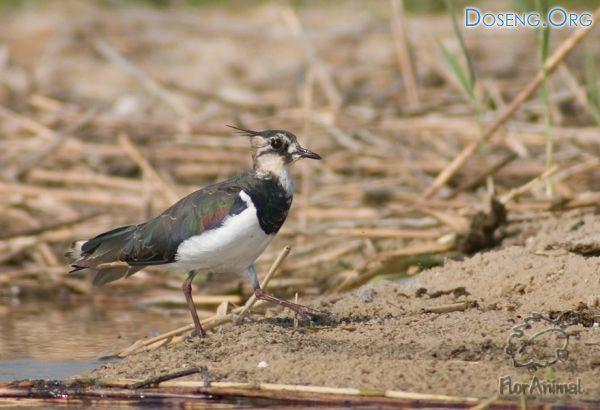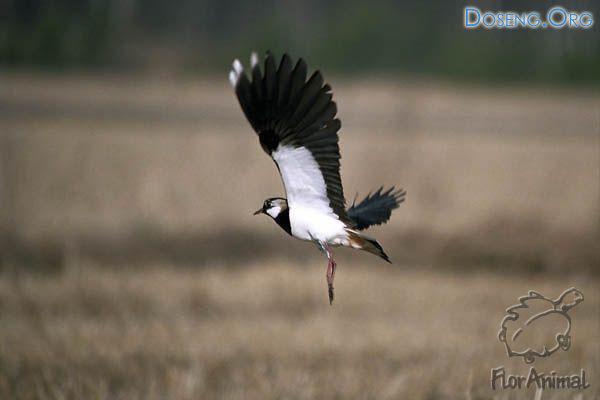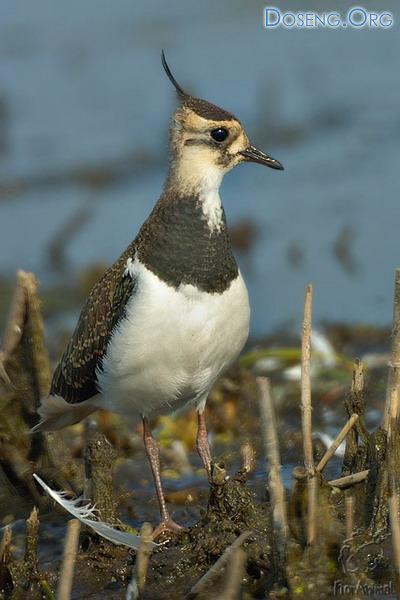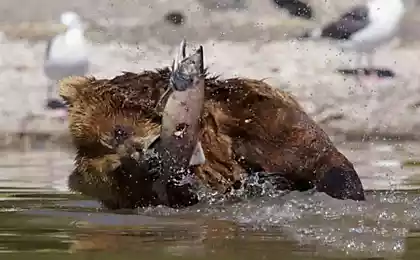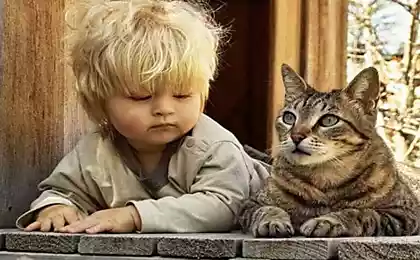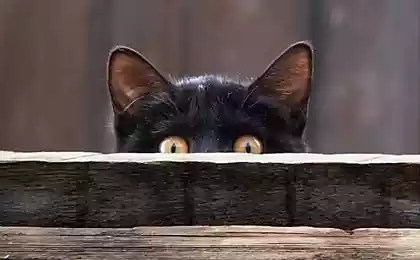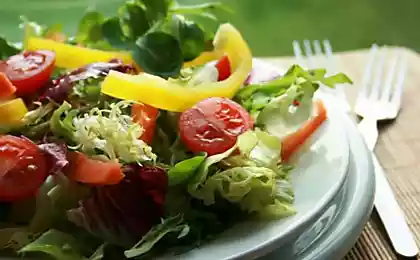869
In the animal world - the lapwing (Vanellus vanellus)
Lapwing (Vanellus vanellus) or lapwing is black with a blue-green sheen head, neck and crop, and the chest, abdomen and sides of the head are white. The dorsal side of the lapwing olive-green with purple highlights. On the back of the head crest of a few very narrow feathers. Tetradigitate legs, slightly longer than the shorebirds. The bill is fairly short, straight. Wing broad and blunt, the males are elongated inner primaries. During the current mission, they vibrate, emitting a kind of noise, like the rustling and buzzing. The female differs from the male that often on the chin and throat is an admixture of white feathers, wing her somewhat broader and duller than the male. The breeding area of the common lapwing covers all of Europe, except for its most north-eastern part of Greece, and in Asia, it is a wide strip to the southern parts of Primorye, in the north before reaching the upper reaches of the Lower Tunguska and Barguzin in the south - to the Syrdarya and Ili. Chibisa mostly do not remain with us for the winter, but just fly off. They winter in the UK, in the eastern parts of France, the Iberian Peninsula and in North-West Africa, somewhere in the Southwest and then in Southeast Asia and winter in eastern Transcaucasia and places in Central Asia. In our country, lapwings arrive early, often when their breeding habitat is still covered with snow. In southern Ukraine and Moldova, they arrive in March, near Smolensk appear at the end of this month, in the first half of April appear in the Leningrad region. After the arrival of the birds are located near snow puddles, wet, starting to thaw plowed in the autumn of the fields on the outskirts of the marshes and so on. D. Then they migrate to their breeding habitats - wet meadows, edges of grassy marshes in the forests and steppes, at least for nesting elected dry land meadows; increasingly begin nesting lapwings in the fields. Lapwings can settle as a separate pairs or in large colonies. After arrival, and even during a flight from lapwings observed courtship, which consist in a kind of current flight, accompanied by cries of "someone you" and a kind of buzzing wings. Sometimes lapwings tokuyut on earth. The male spreads its wings at the same time, spreads its tail and makes them rhythmic movements up and down. Then it is pressed to the feeding ground, and continuing to raise and lower the tail energetically working legs, with the result that at this point, a small hole is quite accurate. One of these holes later became the socket, arranged quite primitive, with a slight lining of thin stalks. Terms of breeding lapwings at very stretched, as the first clutch is often killed by the flood, freezing, in the fields as a result of plowing or ruined their boys. However, lapwings often start nesting when the field work has been completed. In laying 4 eggs, much less 3, 5. They are even less pear-shaped, brownish sand color with black and brown spots. The eggs are an average of 45 X 32 x 7 mm. Incubate both birds, but the female is longer. At the slightest danger of bird incubates quickly and quietly escapes from the nest, but does not give, but Ran, takes off and with a loud cry worn over a troublemaker. Incubation lasts 24-29 days, in bad weather for longer in good will. Hatched chicks parents being taken away in a secure place and kormnye. At the age of 33 days the young birds begin to fly, and then gradually lapwings are grouped in flocks. Departure lapwings happens fairly early. In many places, they imperceptibly disappear by the end of August in the other - in the first half of September. Lapwings - living, moving, noisy birds. They quickly and deftly running among the grass, often uneven hummocky ground, sometimes suddenly stops (as it is, however, peculiar and plovers), inspected and then run further, sometimes grabbing while tucked insect. In case of alarm bird soars and easily gives their presence irksome sound plaintive, often repeated cry of "someone YOU ... YOU ... someone." Flight lapwings very characteristic, especially in the time of marriage. Noisy flapping wings, the birds rise steeply upwards, and then fall down, flying, swinging from side to side, describing at this time of deep wavy line, somersault in the air, chasing each other. Lapwings feed on mainly insects and their larvae and mollusks, earthworms and centipedes. They often feed on beetles - beetles, weevils, flea beetle, in a variety of eating caterpillars of butterflies, moths example, and Diptera larvae and beetles (beetles). When the case and catch medvedok locusts. Like all shorebirds, lapwings molt twice a year. In August, they begin a full, post-breeding moult, which ends in November. Part-time, pre-nuptial molt when partially replaced by small feathers, they can be in February - May.
